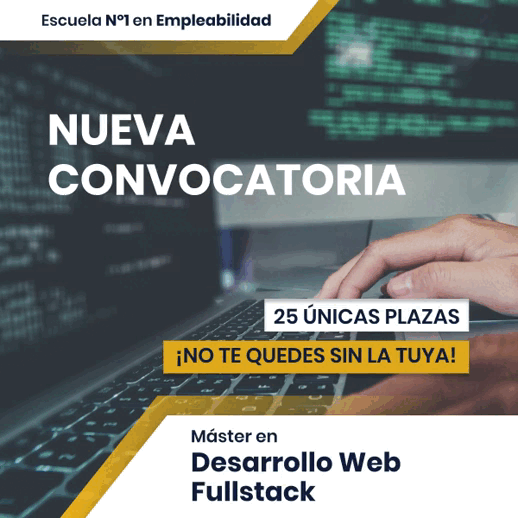What is front-end development?
Front-end web development uses HTML, CSS, and JavaScript to create web applications. Applications such as websites, responsive websites (responsive), but also mobile applications and progressive web applications.
Although front-end is one of the most accessible paths in website development, it can also be one of the most challenging. Website building technology is constantly changing, forcing developers to regularly update their knowledge to reflect the latest practices. It can be tiring for beginners, but it gets better after a year or two of practice.
A day in the life of a frontend developer
Let's say you are a frontend developer at company X. This company has a team of UI/UX designers, frontend and backend developers, and system administrators.
For example, if you are a developer of frontend, your day starts around 9 in the morning. You arrive at work, have that much-needed coffee and first go to the meeting with the web designers to discuss their latest idea to improve the appearance of the website. If the changes are approved by the boss, your task is to rebuild around the 60% of the frontend of the website. You can't help but get excited when the new design is introduced. It's fully responsive (a really important feature on the site) and looks better than anything you've seen before, full of animations and images parallax. Building this will be a real challenge.
That is the dream scenario. In reality, you will probably be upset because the previous version worked perfectly, looked good, and this new redesign means months of work for you. And programmers don't like unnecessary work.
Frontend tools

The be all and end all of frontend developers are tools like HTML, CSS, and JavaScript. HTML is a markup language used to create the skeleton of a website. With CSS you have the ability to tell the browser how everything should look later. JavaScript is then used to add animations, transitions and certain functionality to the elements on the screen.
You could build a website entirely with HTML, CSS, and JavaScript, but that's a lot of unnecessary work for a frontend developer experienced.
Different libraries and frameworks as Angular.js, React.js, Bootstrap, etc., help streamline the process by using ready-made tools.
However, if you are still learning, you should try to do everything yourself before using these libraries and frameworks. Libraries and frameworks are not always easy to use and sometimes prevent you from learning how to turn JavaScript into what you want. If you don't use these aids at first, you will learn a lot more. Using helpers may make your code stronger at first, but experienced developers will always be faster. It is best to purchase a mixture of both.
Given the extremely sophisticated design that UX/UI designers typically come up with, it requires a ton of custom scripts to get everything working properly. As an experienced frontend developer, you should be careful to save valuable time by using libraries like React.js and frameworks like Angular.js.
Front-end developers salary
The average salary for front-end developers is usually around 45.325 euros on average. The salary range is 38.880 to 52.800 euros. The wide salary range is based on professional experience (junior to senior developer).
Depending on the size of the company and your professional experience, the salary can quickly rise to more than 70.000 euros per year.
Where do I start with frontend development?
Study regularly and try to put each of the new skills into practice, even in small pieces of code with a single objective: to demonstrate what you have mastered.
Share them on the web. Restrict motivational groups on social networks. After just 3 hours of reading motivational stories, you don't usually become 3 times more motivated, you usually have 3 hours less time for your studies. Observe the market and read the requirements of the job offers.
We're writing this post today and will probably have to update it in a year as technology changes. Once you master the basics: HTML CSS JavaScript, something new is sure to be in style: refresh your learning list. Look for free workshops (to learn from mentors while making interesting connections) and an industry internship as soon as possible. Discover our Full Stack Web Development Master.




































